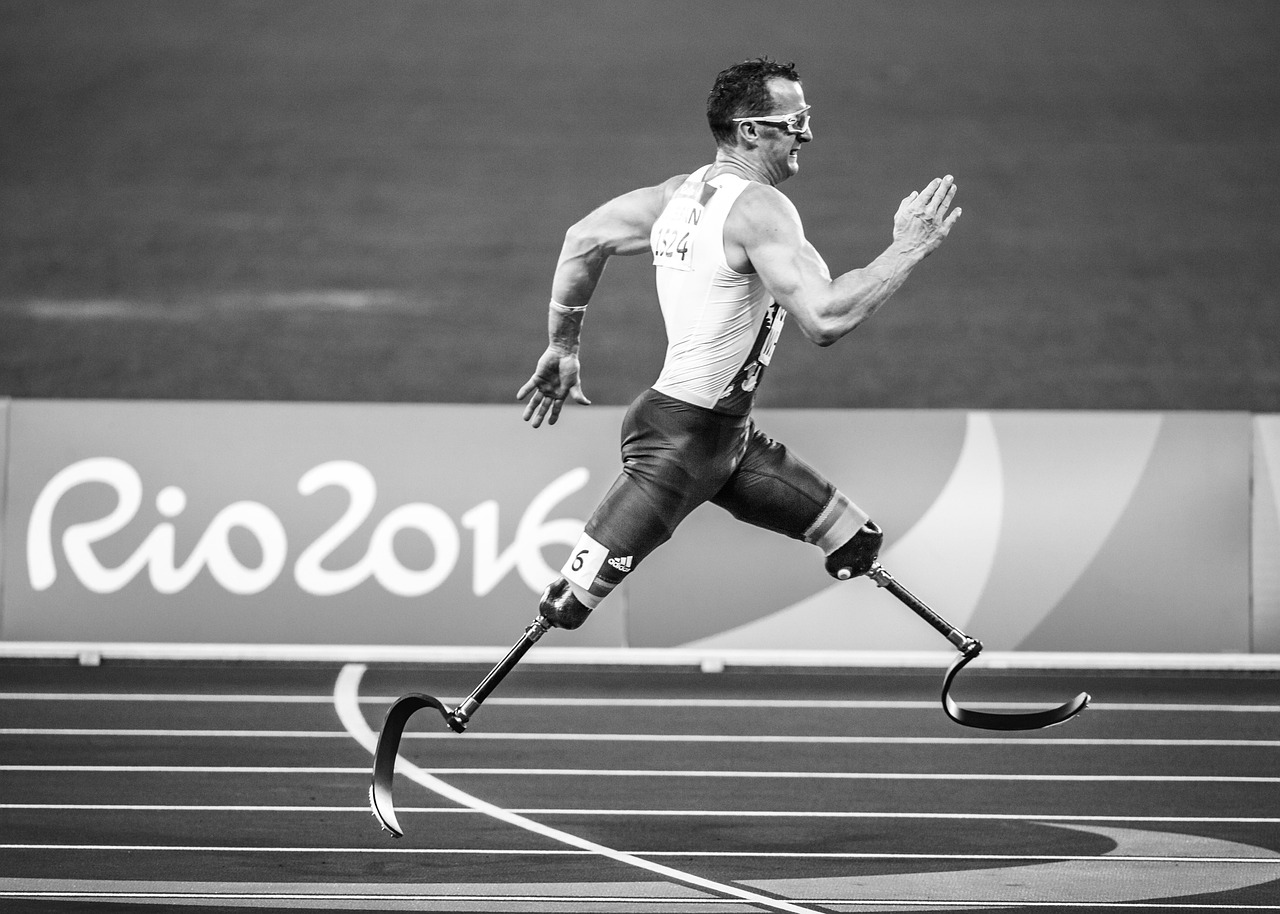As we well know, athletic performance at any level depends on more than just hard work, good training, and natural talent. It’s a complex interplay of factors – from diet, sleep, recovery, and even mental wellbeing. In today’s world, sports science has transformed athletic performance, giving athletes and coaches new insight into how they can better improve their game. One of the areas that has seen significant breakthroughs is in the field of recovery. In this comprehensive article, we look at how athletes use sports science to optimize their recovery during tournaments. We’ll explore the role of nutrition, sleep, active recovery, massage, and the use of technologies such as Metrifit.
The Crucial Role of Nutrition in Recovery
In the world of sports, the saying “you are what you eat” rings true. Nutrition is a fundamental pillar of an athlete’s performance and recovery strategy. It provides the energy for training and aids in repairing and building muscle after intense bouts of exercise.
Dans le meme genre : What is the history of sports-related literature and its impact on popular culture?
Research conducted by scholars at various universities emphasizes the importance of protein intake in promoting muscle recovery. A high protein diet aids in the repair of exercise-induced muscle damage, accelerates recovery, and facilitates adaptations to training.
Carbohydrates also play an essential role in an athlete’s recovery. They are the primary energy source for high-intensity exercise and are crucial in replenishing glycogen stores in muscles post-exercise. Proper hydration is further important, especially in athletes competing in endurance sports.
Sujet a lire : How can sports organizations promote sustainability in sports tourism and travel?
Sleep: The Underrated Recovery Tool
Sleep is often an overlooked component of an athlete’s recovery process. However, it is a vital aspect of training adaptation and performance optimization. Studies have shown that inadequate sleep can decrease performance, cognitive function, mood, and overall recovery.
Experts recommend that athletes aim for 7-9 hours of sleep per night. To enhance sleep quality, athletes are encouraged to create a conducive sleep environment. This can involve maintaining a cool room temperature, having a consistent sleep schedule, and minimizing exposure to electronics before bedtime.
Sleep trackers have become increasingly popular in sports science. They provide detailed insights into sleep duration, quality, and disturbances, allowing athletes and coaches to monitor and adjust sleep habits accordingly.
Active Recovery: Movement that Heals
Active recovery involves performing low-intensity exercise after competitions or intense training sessions. This helps to promote blood flow to the muscles, accelerating the removal of metabolic waste products and facilitating muscle repair.
Various studies have found that active recovery can lead to better performance in subsequent training sessions or competitions. This can involve activities such as light jogging, cycling, yoga, or swimming.
Massage: The Soothing Touch for Tired Muscles
Massage therapy has been used in sports for many years, and for good reason. It has been found to reduce muscle tension, improve blood flow, and promote relaxation – all beneficial for recovery.
Sports massage techniques such as effleurage, petrissage, and trigger point therapy can help in the relief of muscle soreness and accelerate the recovery process. These techniques are often used by physiotherapists and massage therapists working with sports teams.
Metrifit: Leveraging Technology for Enhanced Recovery
In the era of data-driven decisions, sports science has not been left behind. Technologies such as Metrifit are being used by athletes and coaches to monitor and analyze various aspects of performance, training, and recovery.
Metrifit is a performance tracking tool that allows athletes to log data related to their sleep, nutrition, mood, and recovery strategies. Coaches can then evaluate this data to better understand their athletes’ physical and mental wellbeing and make informed decisions on training load, recovery strategies, and competition readiness.
Sports science has revolutionized the way athletes and coaches approach recovery. Through proper nutrition, adequate sleep, active recovery, massage therapy, and the use of technology, athletes can optimize their recovery process, ensuring they are ready to perform at their best during competitions.
Cold Water Immersion and Compression Garments: Advanced Recovery Techniques
Athletes are continuously seeking innovative methods to expedite recovery and enhance their performance. Two such techniques that have gained popularity in recent years due to research findings are cold water immersion and the use of compression garments.
Cold water immersion, also known as cryotherapy, involves immersing the body in cold water post-exercise. This method is widely adopted amongst athletes, primarily to reduce inflammation and muscle soreness. A study referenced on Google Scholar indicated that cold water immersion can effectively reduce muscle damage and inflammation, augmenting the recovery process. Additionally, it can enhance the removal of metabolic waste products, further facilitating recovery.
Similarly, the use of compression garments post-exercise has been associated with better recovery outcomes. These garments work by applying pressure to specific areas of the body, improving blood flow and reducing muscle swelling. A study on PubMed Crossref found that athletes who used compression garments post-exercise experienced reduced muscle soreness and improved performance in subsequent training sessions.
However, it’s worth noting that both techniques should be used judiciously and under the guidance of a sports professional to avoid any potential side effects.
Monitoring Systems and Athlete Monitoring: Turning Data into Action
The role of monitoring systems in sports science has become indispensable. With the advancements in technology, systems such as Metrifit athlete monitoring platform, have allowed for the collection, analysis and visualization of various performance and recovery related metrics.
Athlete monitoring involves the frequent tracking of an athlete’s physiological, psychological, and performance data. This data, as cross-referenced on Google Scholar, can be used to inform recovery strategies, adjust training loads, and predict performance outcomes.
Metrifit athlete monitoring system offers a comprehensive monitoring solution. It allows athletes to track and log data related to their physical activities, sleep patterns, mood, and nutrition intake. This system provides coaches with valuable insights into their athletes’ wellbeing and readiness, enabling them to make data-driven decisions.
This culture of monitoring and data analysis has led to the concept of ‘personalized recovery’ where recovery strategies are tailored to the individual needs of each athlete, further optimizing their recovery during tournaments.
Conclusion
The application of sports science in optimizing recovery during tournaments is a rapidly evolving field. The use of proper nutrition, adequate sleep, active recovery, massage therapy, cold water immersion, compression garments, and advanced monitoring systems like Metrifit have revolutionized athlete recovery.
By incorporating these scientifically backed strategies and technologies into their routines, athletes are able to expedite their recovery, enhance their athletic performance, and prolong their careers. However, it’s important to remember that the effectiveness of these strategies can vary between individuals. Therefore, a ‘one-size-fits-all’ approach might not always be the best solution. Each athlete should work closely with their coach and sports science professionals to tailor a recovery strategy that best suits their individual needs.
In the future, we anticipate even more exciting developments in sports science, such as more advanced athlete monitoring systems, which would further refine the recovery process and enhance the performance of the athletes. As the saying goes, “the best is yet to come”.











